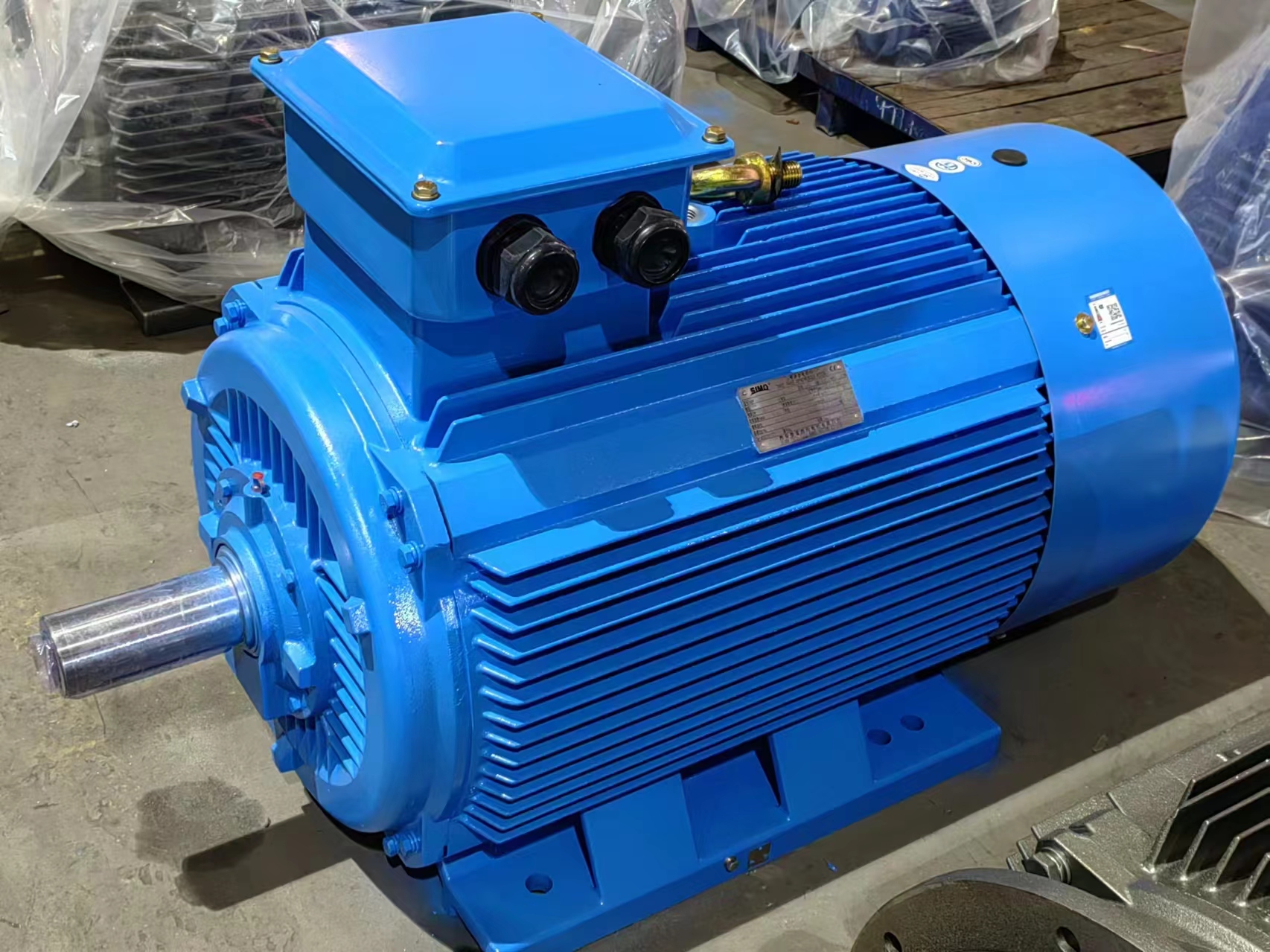Three-phase asynchronous motor energy efficiency evaluation standards play a vital role in promoting sustainable energy utilization and reducing environmental impact. Asynchronous motors are widely used in industrial and commercial applications, so ensuring their energy efficiency is crucial. Assessment of the energy efficiency of these motors is critical to identifying areas for improvement and adhering to industry standards.

Assessment of the energy efficiency of three-phase asynchronous motors includes evaluating their performance and power consumption. This process helps determine the efficiency of the motor and identify energy saving opportunities. Various factors such as load changes, operating conditions and motor design affect energy efficiency, so specific standards must be adhered to.
The energy efficiency evaluation standard for three-phase asynchronous motors is designed to provide guidance to manufacturers, users and regulatory agencies. These standards outline the test methods, performance standards and efficiency ratings that motors should meet. By complying with these standards, manufacturers can ensure that their products are energy efficient and comply with industry regulations.
One of the key aspects of energy efficiency assessment standards is the determination of the motor efficiency class. These categories classify motors based on their energy performance, allowing users to make informed decisions when selecting a motor for a specific application. In addition, these standards provide a framework for conducting energy efficiency testing, such as measuring power consumption and computing efficiency levels.
Asynchronous motors are often used in applications with high energy consumption, such as industrial pumps, fans and compressors. Therefore, ensuring the energy efficiency of these motors is critical to reducing overall energy consumption and operating costs. By complying with energy efficiency assessment standards, companies can optimize energy use and contribute to environmental sustainability.
In summary, three-phase asynchronous motor energy efficiency evaluation standards are crucial to promote energy-saving practices and reduce environmental impact. Complying with these standards ensures that motors meet specific performance standards and efficiency ratings, ultimately reducing energy consumption and operating costs. As industries continue to prioritize sustainability, compliance with energy efficiency assessment standards will play a vital role in driving energy-saving practices and promoting a green future.
Post time: May-06-2024





